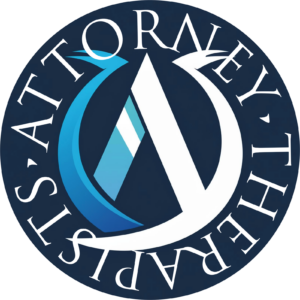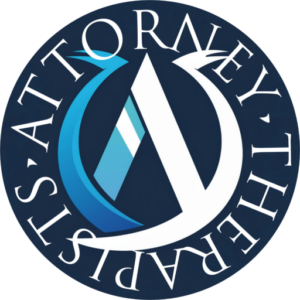The tragic mid-air collision on January 29, 2025, between an American Airlines regional jet and a U.S. Army Black Hawk helicopter near Ronald Reagan Washington National Airport resulted in significant loss of life and has profound implications for the legal professionals involved in the aftermath. Beyond the immediate trauma experienced by victims and their families, attorneys handling such catastrophic cases are susceptible to vicarious trauma—a profound emotional response resulting from exposure to the traumatic experiences of others.
Understanding Vicarious Trauma in Legal Practice
Vicarious trauma, also known as secondary traumatic stress, occurs when individuals, particularly those in helping professions, internalize the traumatic experiences of others. For attorneys, this can manifest through constant exposure to distressing narratives, graphic evidence, and the emotional burdens of clients who have suffered severe losses. Research indicates that lawyers, especially those working in areas like personal injury, criminal defense, and family law, are at heightened risk for developing symptoms associated with vicarious trauma.
Manifestations and Impacts
Attorneys experiencing vicarious trauma may exhibit a range of symptoms, including:
Emotional Symptoms: Persistent sadness, anxiety, or feelings of hopelessness.
Cognitive Symptoms: Intrusive thoughts related to clients’ traumatic experiences, difficulty concentrating, and impaired decision-making abilities.
Physical Symptoms: Chronic fatigue, headaches, and gastrointestinal issues.
Behavioral Symptoms: Withdrawal from social interactions, increased irritability, and reliance on substances as coping mechanisms.
These manifestations can adversely affect an attorney’s professional performance, leading to ethical breaches, diminished client advocacy, and potential malpractice claims. Moreover, the personal toll can result in strained relationships, burnout, and long-term mental health challenges.
Unique Challenges in Aviation Accident Cases
Handling cases stemming from aviation disasters, such as the recent collision near Washington, D.C., presents distinct challenges that can exacerbate vicarious trauma:
Scale of Tragedy: The magnitude of loss in aviation accidents often involves multiple fatalities and severe injuries, amplifying the emotional weight borne by attorneys.
Graphic Evidence: Legal practitioners must review harrowing evidence, including accident scene photographs, victim autopsies, and detailed accounts of the incident.
Prolonged Exposure: Aviation litigation is typically protracted, requiring attorneys to remain engaged with traumatic material over extended periods.
Close Client Relationships: Developing deep empathetic connections with grieving families is essential for effective representation but increases emotional vulnerability.
Mitigation Strategies
To address and mitigate the effects of vicarious trauma, legal professionals can implement several strategies:
Education and Training: Law firms should provide training to help attorneys recognize the signs of vicarious trauma and understand its potential impact on their practice.
Professional Support: Engaging in regular consultations with mental health professionals can offer a confidential space to process emotional responses.
Peer Support Groups: Participating in or forming support groups with fellow attorneys can facilitate shared experiences and coping strategies.
Workload Management: Supervisors should monitor attorneys’ caseloads to prevent overextension and encourage taking breaks when needed.
Self-Care Practices: Encouraging activities outside of work that promote well-being, such as exercise, hobbies, and mindfulness techniques, can help attorneys maintain balance.
Ethical Considerations
The legal profession mandates that attorneys provide competent and diligent representation. Vicarious trauma can impair an attorney’s ability to meet these obligations, potentially leading to ethical violations. Recognizing and addressing vicarious trauma is not only a matter of personal well-being but also a professional duty to ensure clients receive the highest standard of legal service.
Conclusion
The catastrophic collision near Washington, D.C., underscores the profound emotional challenges faced by attorneys involved in aviation disaster litigation. By acknowledging the reality of vicarious trauma and proactively implementing strategies to mitigate its effects, the legal community can better support its members, uphold ethical standards, and continue to provide compassionate and effective representation to those affected by such tragedies.









